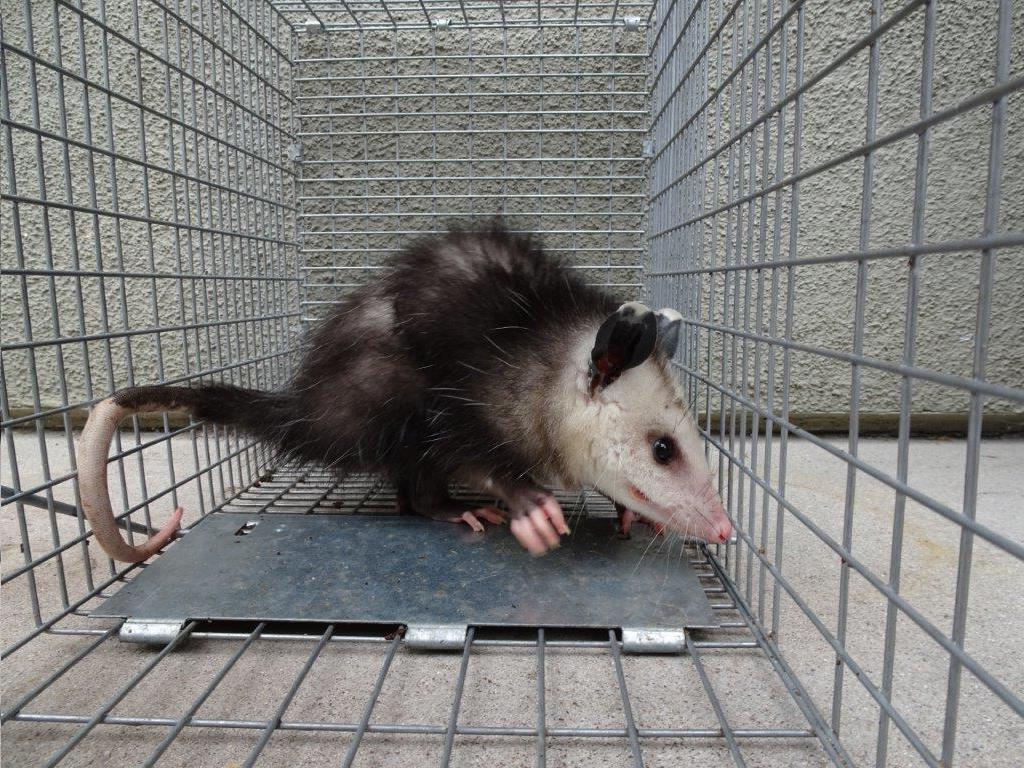
The opossum is one of the longest surviving mammals on earth. It is said to be at least 70 million years old. A study traced the existence of opossum as far back as the extinction of dinosaurs.
An opossum's general appearance is something like this. The size of its body is almost that of a housecat. It has grey fur but with a white face. However, its eyes, ears, and paws are black. The eyes are round and dark, ears are hairless, the nose is long and pointy, and its tail is hairless and long which spans over 1/3 of its total body length. The average length of an opossum is 21-30", including the tail. In Northern regions, opossums often lose the ends of their tails in frostbites, thus resulting in abnormally short tails.
Prehensile Tail
A prehensile tail or any other body part has the capability of seizing, grasping or holding an object by wrapping around it. It is also used to manipulate objects particularly enabling it to search for food in the trees.
The opossum has a prehensile tail. Its tail is flexible and capable. They use it to carry their food such as grass or a bunch of leaves to their temporary residences which means their tails come quite in handy. Their tails are often referred to by scientists as a fifth limb, signifying the importance of it in the animal's daily activities.
Common misconception
A common misconception among people is that opossums hang from their tails sleep. That is not true. The muscles of an opossum's tail are not strong enough to support its body weight for longer periods of time. Although young opossums do play the game of dangling from the branches of trees, this is not a quality they retain until adulthood.
The thing that allows them to hang from the trees is not the strength of their tails; it is more about the friction in between their tail and the branch. The force of friction is powerful enough for them to hang for a little while only, but not for very long.
Role of the tail in an opossum's adaptation to its habitat
Opossums don't build their dens; they tend to live in deciduous forests where water sources such as streams or swamps are found nearby. Living in such an environment, their tails help them survive to a great extent. Their tails are of much help while climbing trees, moving from branch to branch, maintaining their balance climbing up or down the trees, etc. During walking or running, opossum's tail allows it to maintain its balance as well.
Their tails help them organize their lives. They use it for so many reasons. It can be used for climbing, balancing, and hanging, running and carrying their things around. It is due to its immense importance that an opossum's tail has also been named as its fifth limb.
Go back to the National City wildlife removal home page.